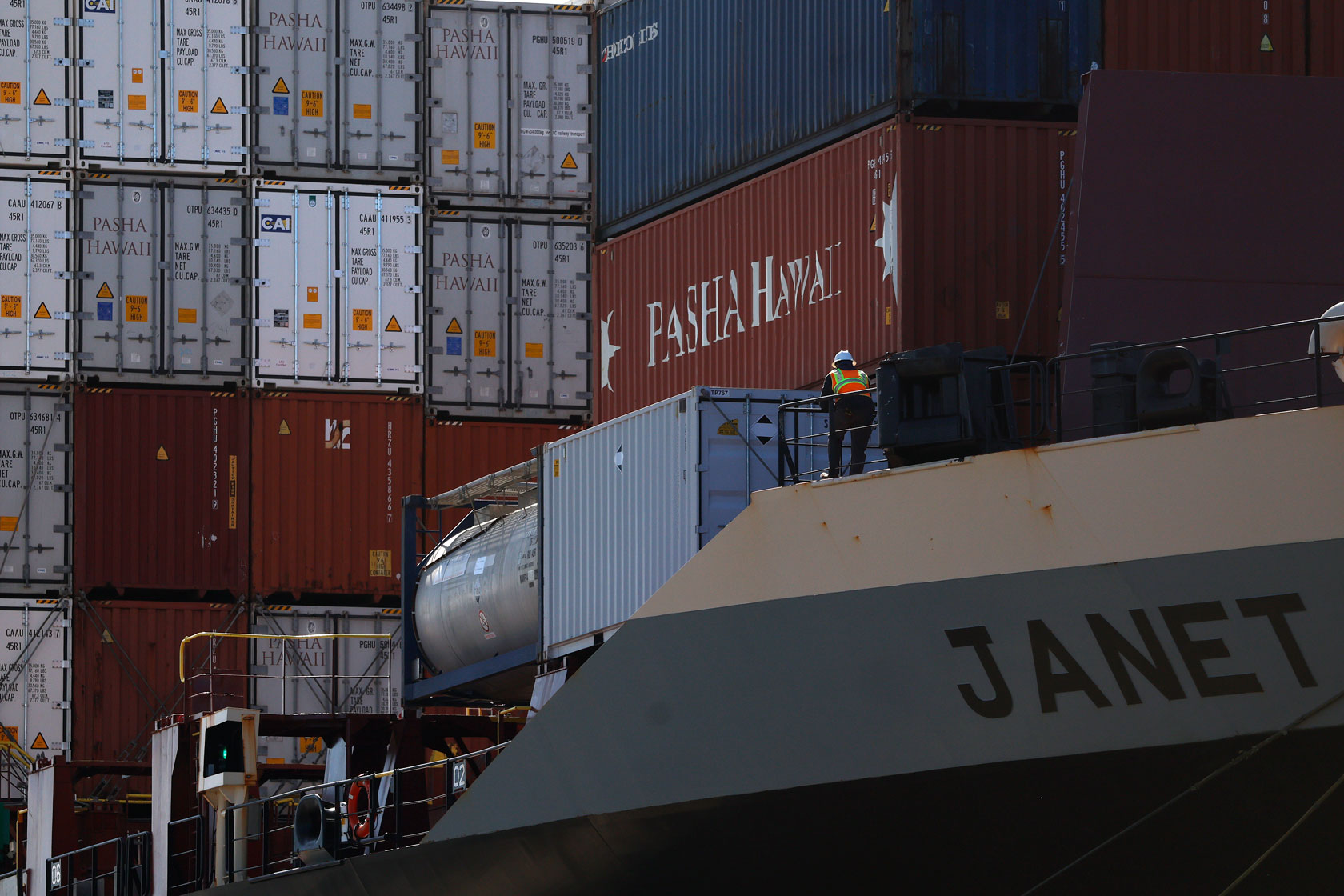
The Looming Shadow of Tariffs: How Trade Wars Impact Your Wallet
For months, whispers of rising prices have been circulating, causing anxieties among consumers. The culprit? A complex web of international trade policies that, while intended to bolster domestic industries, are inadvertently impacting the cost of everyday goods. This isn’t about abstract economic theory; it’s about the real-world implications of trade wars on your grocery bill, your clothing budget, and your household expenses.
The core issue stems from tariffs – taxes imposed on imported goods. The logic behind them is seemingly simple: protect American businesses from foreign competition by making imported products more expensive. However, the reality is far more nuanced and often detrimental to the very consumers they’re supposed to protect.
When tariffs are imposed on imported goods, the increased cost isn’t absorbed by foreign producers. Instead, it’s often passed down the supply chain, directly affecting the final price consumers pay at the checkout. This means that everyday items, once readily available at a reasonable price, now carry a significant surcharge. This is especially noticeable in sectors heavily reliant on imported materials or finished products.
Consider the humble grocery store. Many of the fruits, vegetables, and processed foods on your shelves originate from overseas. Tariffs on these imports inevitably lead to increased costs for retailers, who then pass those costs onto consumers through higher prices. A seemingly small tariff on, say, imported steel, can ripple through the entire food production system, increasing the cost of everything from canned goods to farm equipment.
The impact extends far beyond groceries. The clothing industry, for example, is highly reliant on global supply chains. A significant portion of our clothing is manufactured overseas, using materials sourced from various international locations. Tariffs on these materials or finished goods lead to higher clothing prices, affecting everyone from those seeking budget-friendly options to those shopping for high-end fashion.
The consequences are particularly harsh for low- and middle-income families, who often allocate a larger portion of their income to essential goods. Increased prices for groceries and household necessities squeeze their budgets, potentially limiting their access to nutritious food or forcing difficult choices between essential expenses. This exacerbates existing economic inequalities and creates further hardship for those already struggling to make ends meet.
Moreover, the ramifications extend beyond direct price increases. Tariffs can also lead to decreased choices and reduced competition. When imported goods become more expensive, domestic manufacturers may be less incentivized to innovate or improve their offerings. This lack of competition can lead to stagnation and potentially lower-quality goods at inflated prices.
It’s crucial to understand that these are not abstract economic principles; they are tangible, real-world consequences impacting families across the nation. The debate surrounding trade policies is complex, but the impact on consumers’ wallets is undeniable. As prices continue to rise, the long-term consequences of these trade wars will become increasingly apparent, requiring careful consideration and a re-evaluation of the policies that are driving them. The focus should shift towards finding solutions that promote economic growth without sacrificing the financial well-being of ordinary citizens.



Leave a Reply